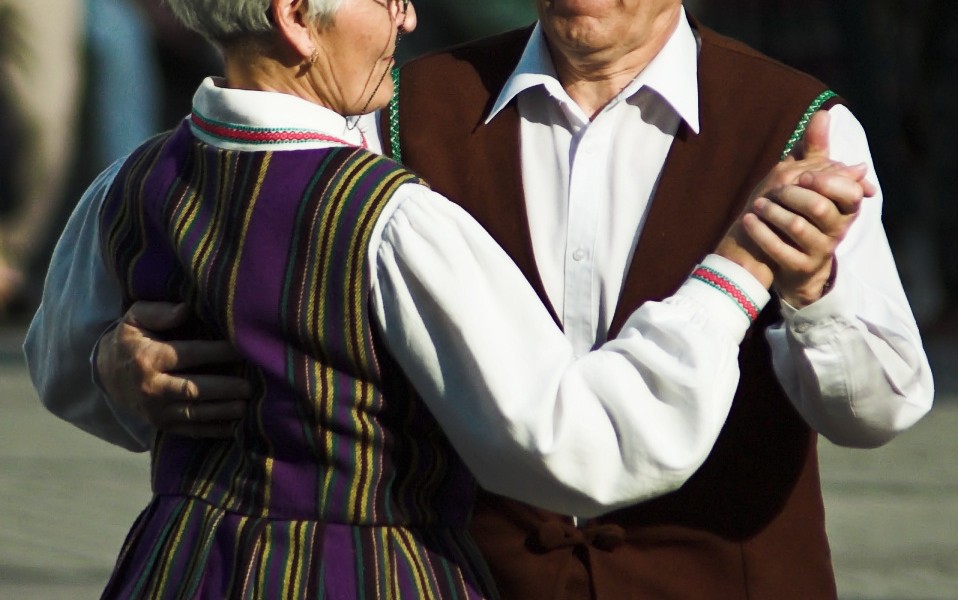Squaring the Curve
As many of you now know, Olga died suddenly in the early morning of June 24. She got up to use the bathroom and a blood vessel feeding her brain burst. Doctors say she likely went unconscious in about a second – like the flip of a light switch.
I’ve spent a lot of time since then thinking about what it means that she died. “I thought she was going to live forever!” people said, only half-joking. A couple of weeks before her death she taped a segment for the Dr. Oz show. The episode was called, “How to Live to 100.” It aired a few days after she died. “I guess it was too late to pull her spot,” a friend said.
Too late to pull her spot. As if her death had shattered the magic, and sort of undermined the example of her life.
I don’t see it that way. On the contrary.
I think Olga dying when she did, the way she did, reframes the conversation around her. Her story’s no longer just about longevity, but also quality of life.
In a lot of ways, crazy as it sounds, she was peaking. She’d just smashed the world records in eight events at the world outdoor championships in Budapest. She came home to be love-bombed by her friends, and congratulated on the new memoir she’d just published. Then for good measure she set seven new outdoor world records. Then she tackled the garden.
If you think of life as a poker game – and figure that the currency isn’t money, it’s health and energy and purpose — then by those terms, over 90 years Olga amassed just about the biggest pile of chips anybody ever has. And then she walked away from the table. On this incredible winning streak she bowed out.
Now it could be she’d have kept on winning, in this poker game, for months or years or a decade or more. But the odds are against it. Beyond a certain point can i buy ambien online there are trade-offs in length of life vs. quality of life – for everybody. So for Olga, was that tipping point a year away? A day away? All I know is, she thought of her life as a miracle. It was beyond her wildest imagining.
Gerontologists have a term: “squaring the curve.” It just means, if you think of your physical and mental health plotted as a line on a graph, what you want is for that line not to be one slow long decline. You want it to stay high for as long as possible, until it plunges sharply at the very end of your life, as illness or something else takes you out quickly.
Olga squared the curve with a ruler. It’s hard to imagine a more perfect example. You blaze for 95 years and then die instantaneously with no pain and no regrets no burden on anybody else. I think this is what we all aspire to – to live right up to that tipping-point moment. Whether it comes at age 75 or 85 or 95. I think that’s a way better goal than living as long as humanly possible. We make a fetish out of this quest for super-longevity; we try to concoct ways to “solve” aging, as if it’s a disease. But squaring the curve: that’s what we should be thinking about.
In some ways our whole culture and economy depends on us embracing that idea – that it’s the “life in your years,” as Olga liked to say, rather than the “years in your life.” Because otherwise the so-called grey tsunami is going to be real, and it’s going to swamp us. Most people cost the health-care system as much in the last six weeks of their life as they do in the entire rest of their life. It’s the decline into decrepitude that does us in. Gotta square the curve. Live well and live long enough and then kick the bucket – boom.
